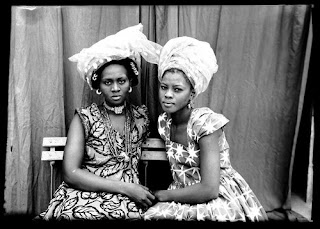"Kanou Ya Habibi" كانوا يا حبيبي is one of the eternal works of Fairuz written in 1974. Originally, and like several of the works of Rahbani Brothers, the music was inspired from the Polyushka Polye Russian army march music and which music was composed in 1933 by the Russian composer Lev Konstantinovich Knipper. Even though the originale version had an intense reference to USSR and its formal glory, Fairuz managed to convert all the patriotic lyrics off the spirit of the music and insert love and drama instead as she played the character of Loulou that was imprisoned despite her innocence for 15 long years..
Origins:
Polyushko-polye (Russian: По́люшко-по́ле; IPA: [ˈpolʲʊʂkə ˈpolʲɪ]) is a Soviet Russian-language song. Polye means "field" in Russian, "polyushko" is a diminutive/hypocoristic form for "polye". It is also known as Meadowlands, Song of The Plains or Oh Fields, My Fields in English.
The music was composed by Lev Knipper, with lyrics by Viktor Gusev in 1933. The song was part of the symphony with chorus (lyrics by Gusev) "A Poem about a Komsomol Soldier" (Поэма о бойце-комсомольце) composed in 1934. The original lyrics are sung from the perspective of a Red Army recruit, who proudly leaves his home to keep watch against his homeland's enemies.
The song was covered many times by many artists in the Soviet Union, including a well-known rock version recorded by The Singing Guitars (Поющие гитáры), released c. 1967. The song has been regularly performed and recorded by the Alexandrov Ensemble, and it is listed in the Alexandrov Ensemble discography, best known as the Red Army Choir....continue
Origins:
Polyushko-polye (Russian: По́люшко-по́ле; IPA: [ˈpolʲʊʂkə ˈpolʲɪ]) is a Soviet Russian-language song. Polye means "field" in Russian, "polyushko" is a diminutive/hypocoristic form for "polye". It is also known as Meadowlands, Song of The Plains or Oh Fields, My Fields in English.
The music was composed by Lev Knipper, with lyrics by Viktor Gusev in 1933. The song was part of the symphony with chorus (lyrics by Gusev) "A Poem about a Komsomol Soldier" (Поэма о бойце-комсомольце) composed in 1934. The original lyrics are sung from the perspective of a Red Army recruit, who proudly leaves his home to keep watch against his homeland's enemies.
The song was covered many times by many artists in the Soviet Union, including a well-known rock version recorded by The Singing Guitars (Поющие гитáры), released c. 1967. The song has been regularly performed and recorded by the Alexandrov Ensemble, and it is listed in the Alexandrov Ensemble discography, best known as the Red Army Choir....continue



















































